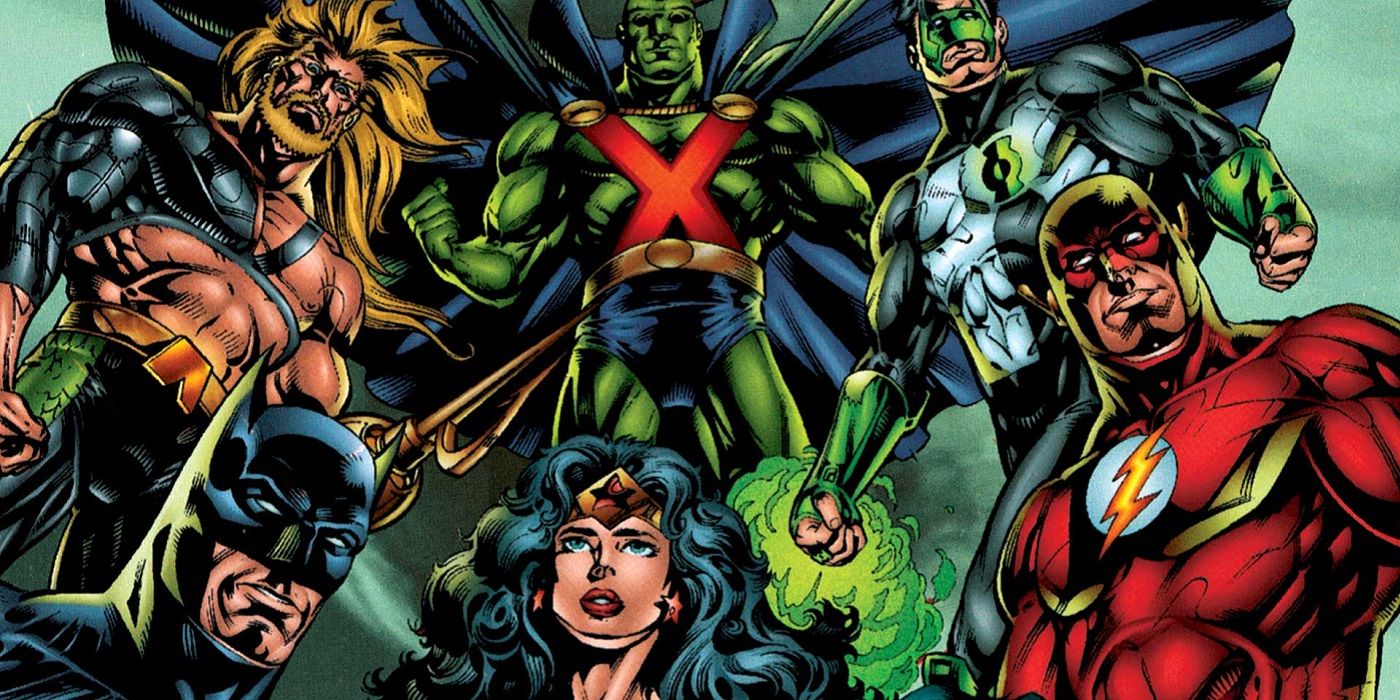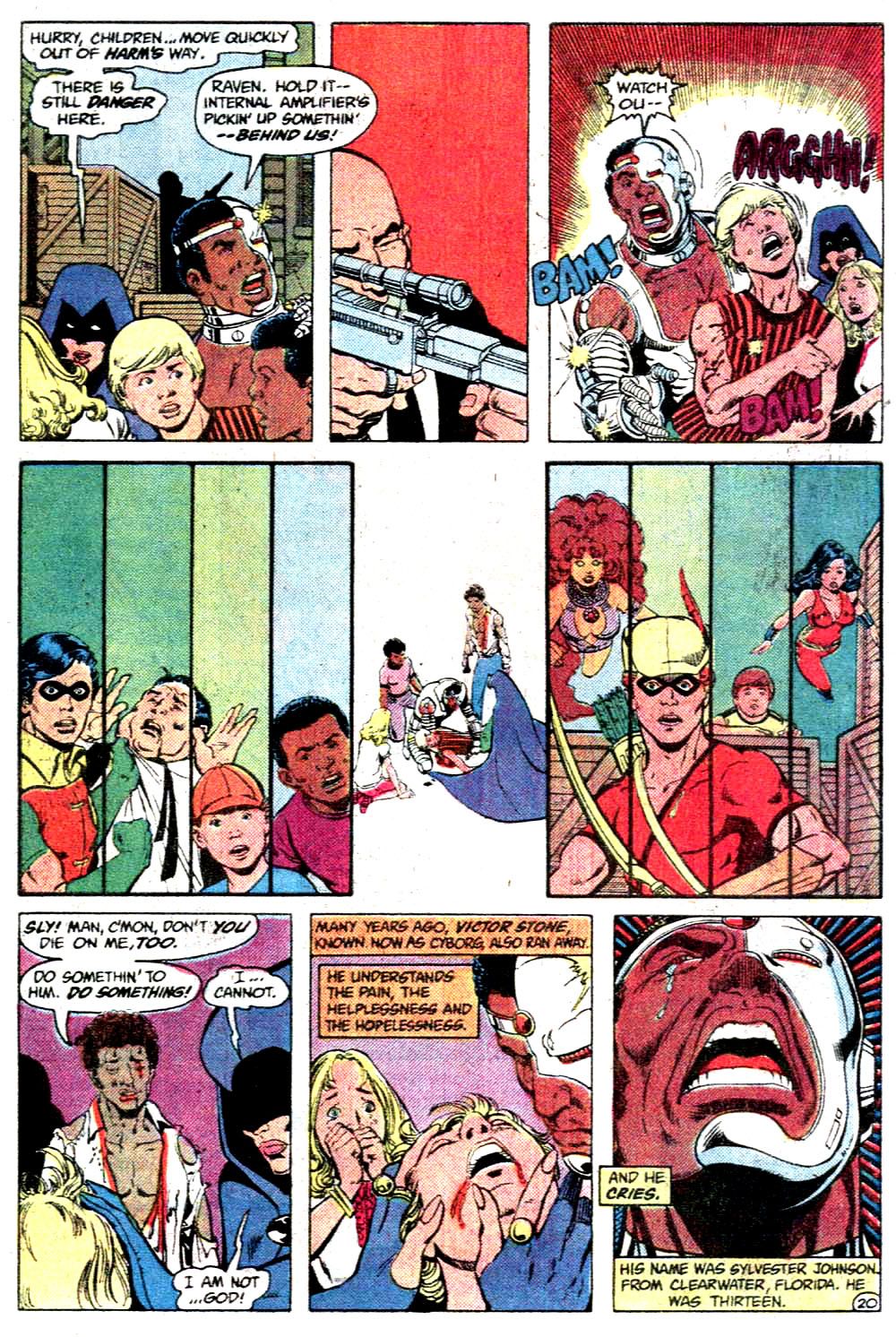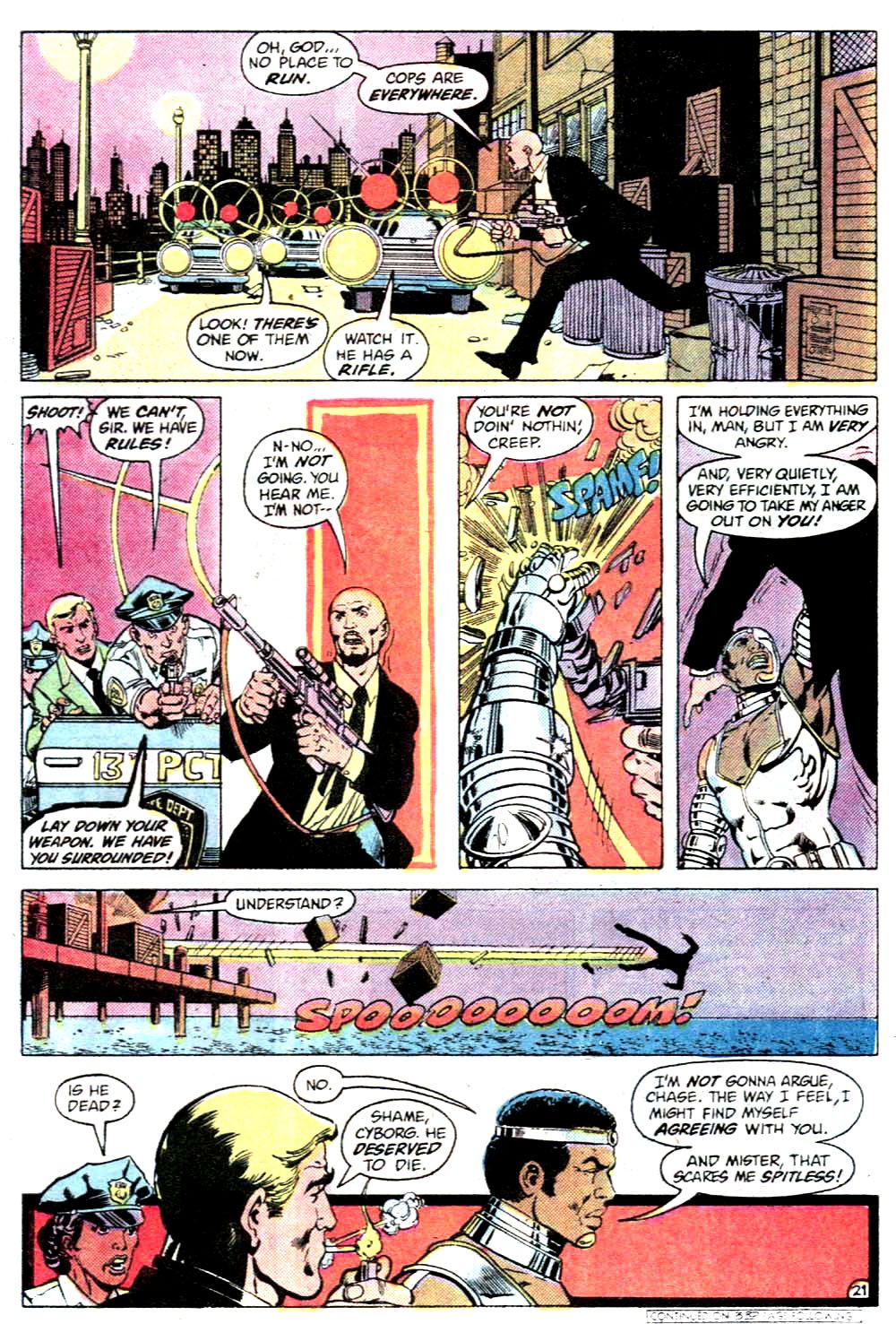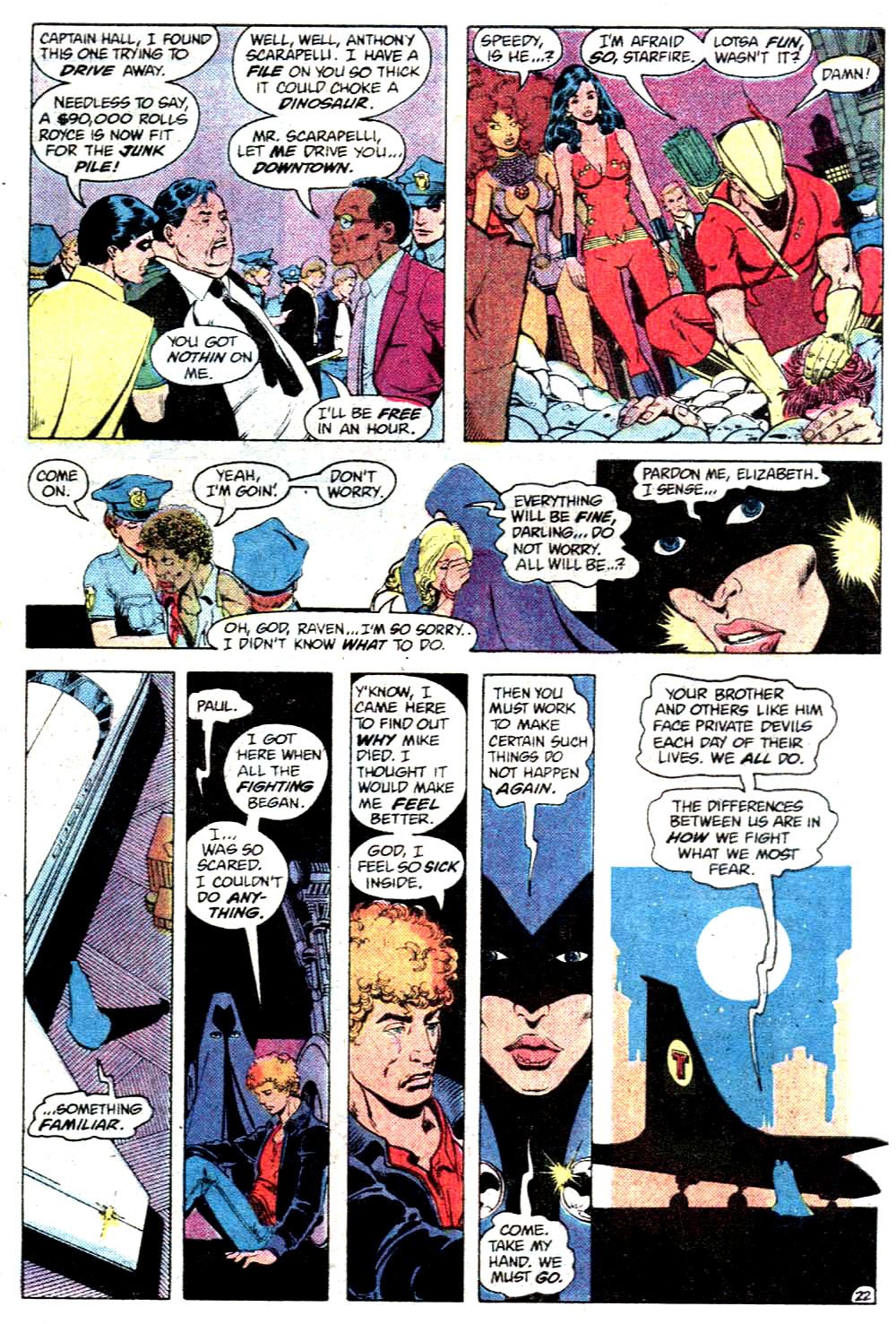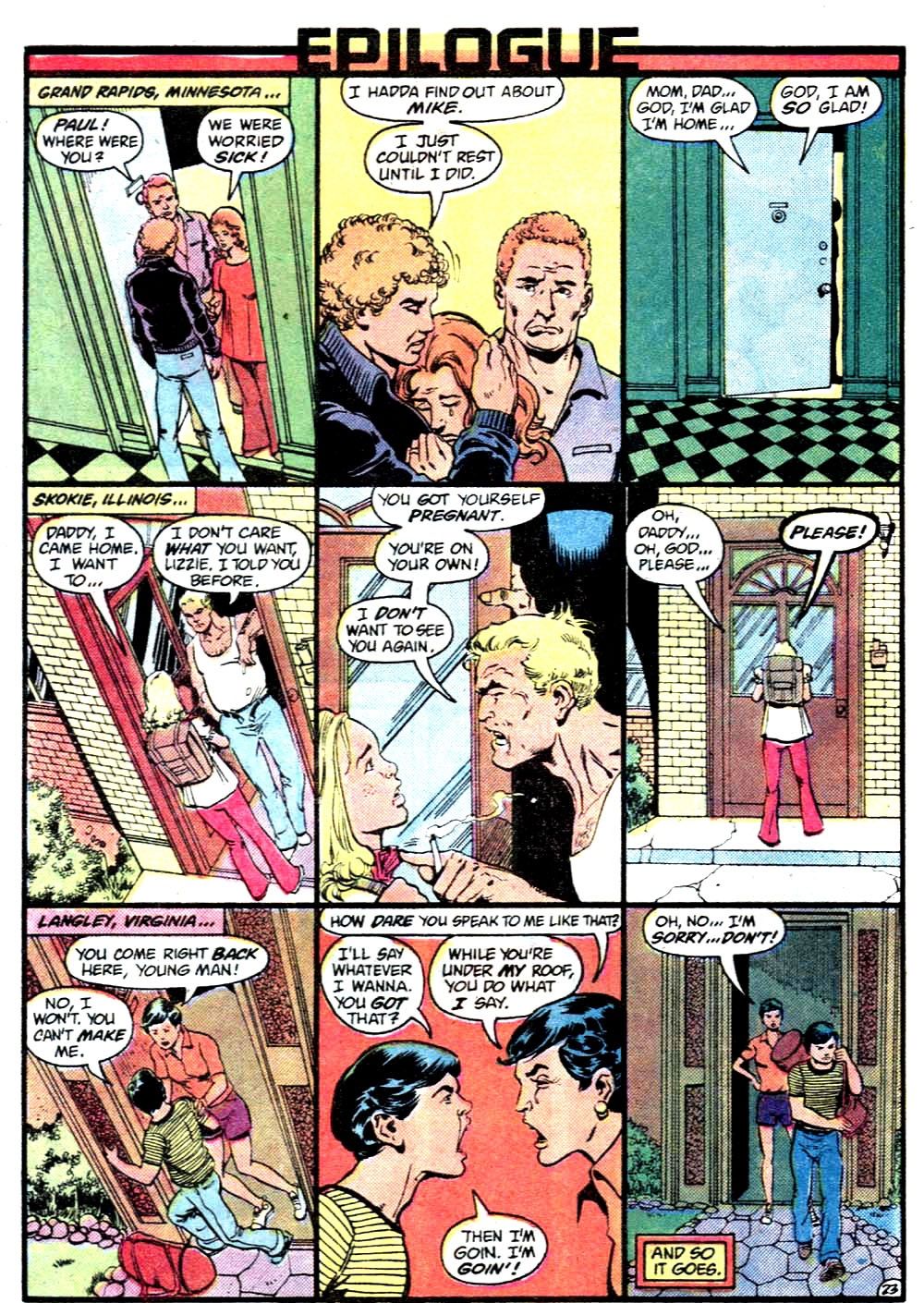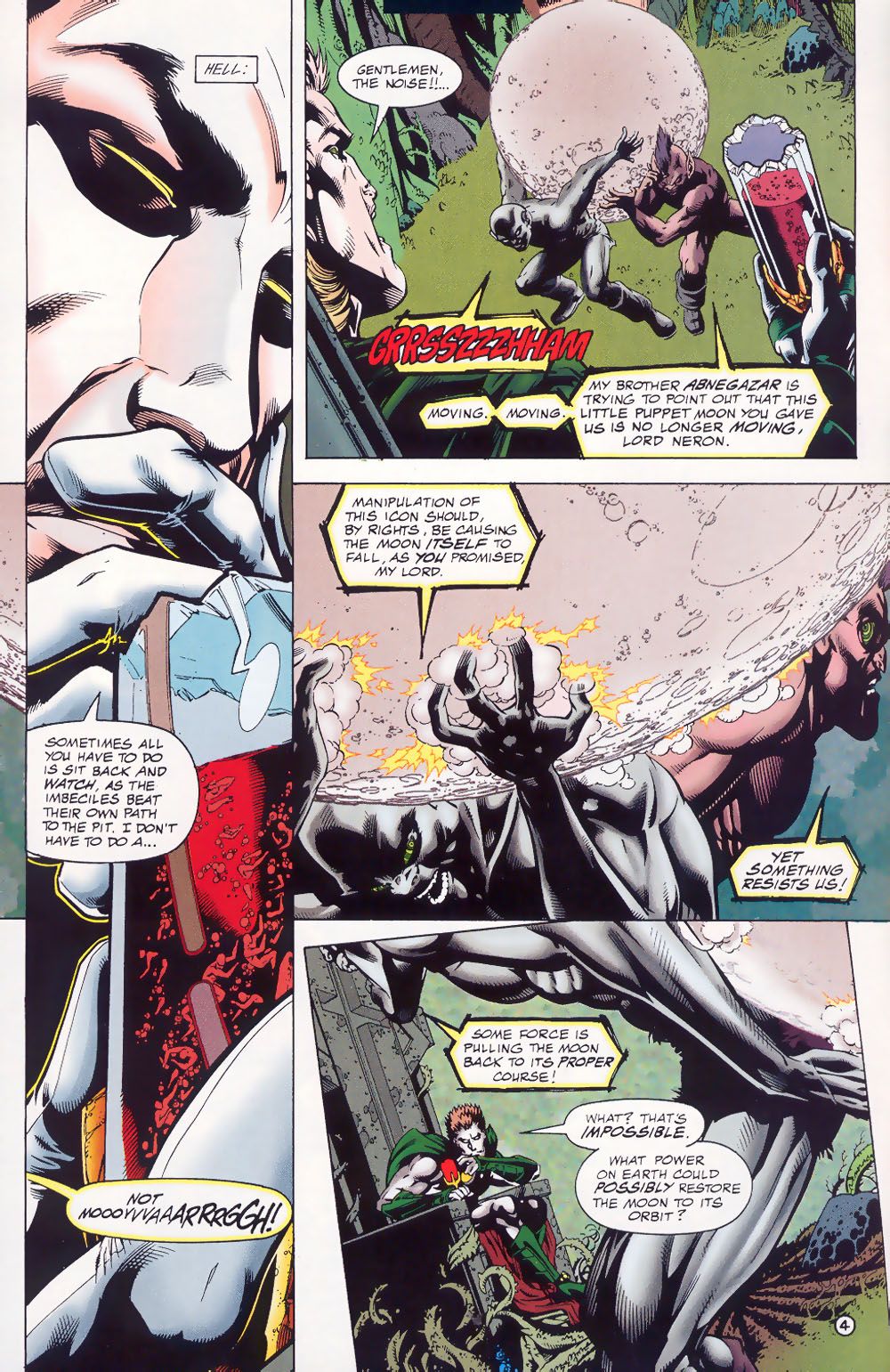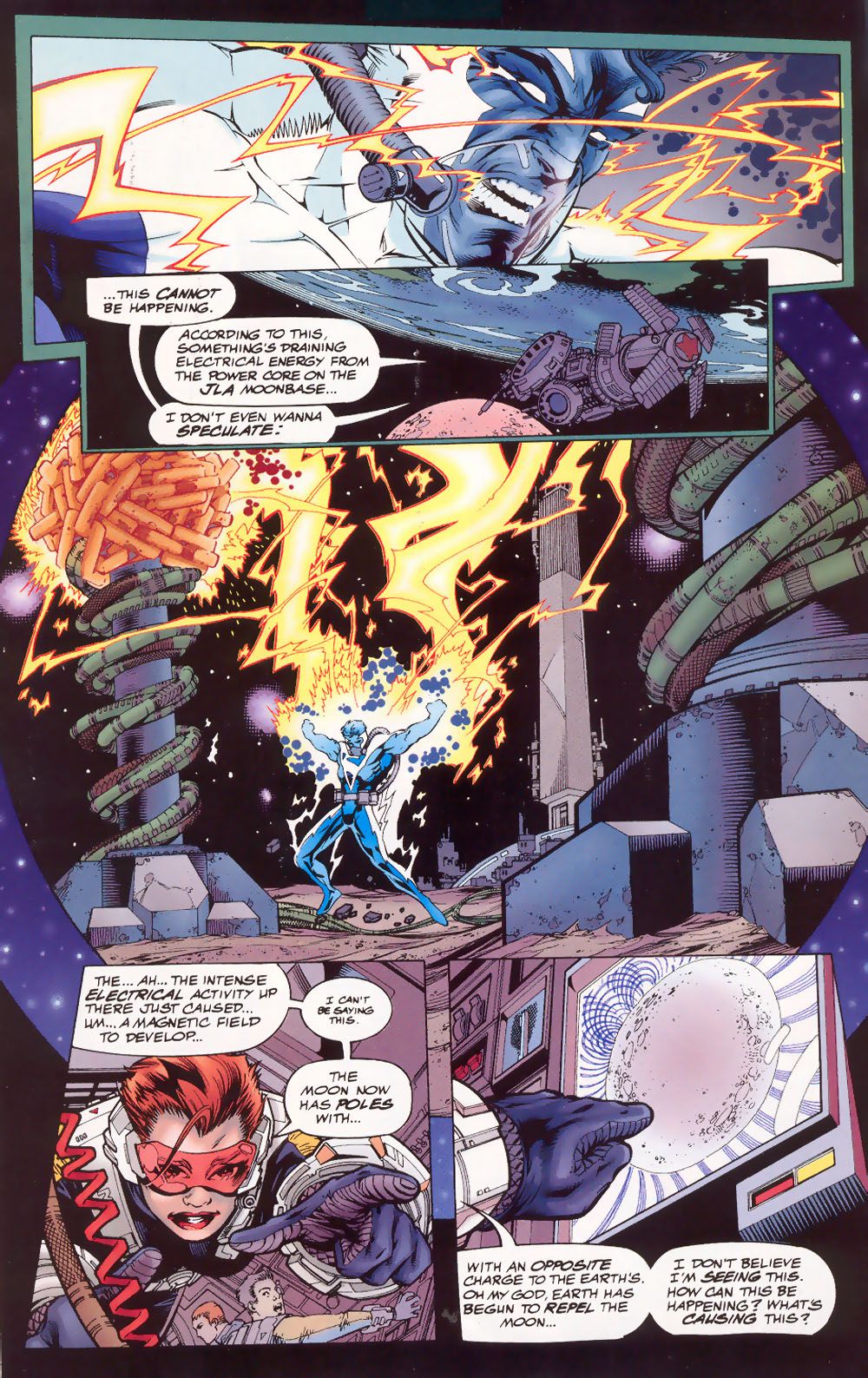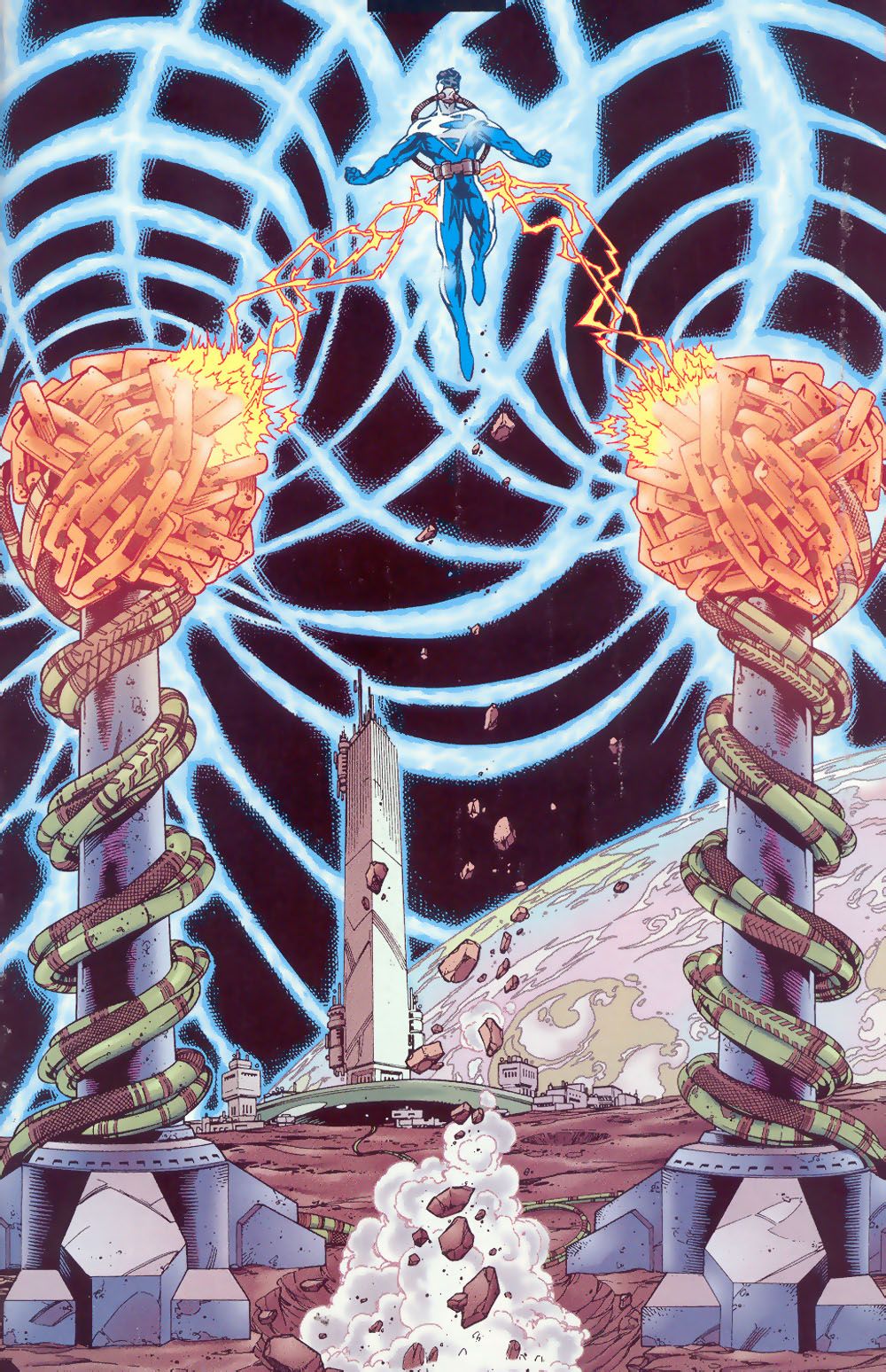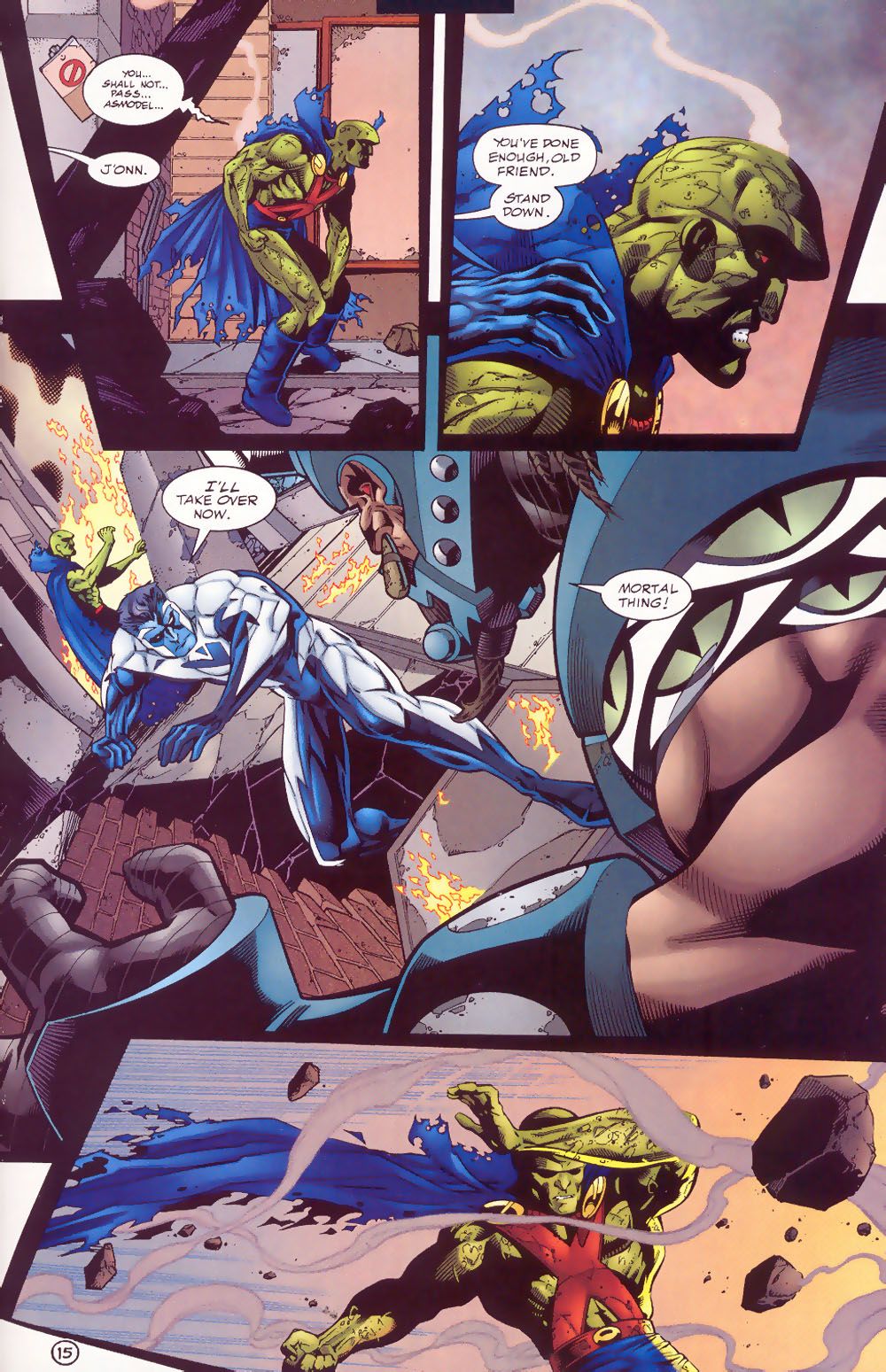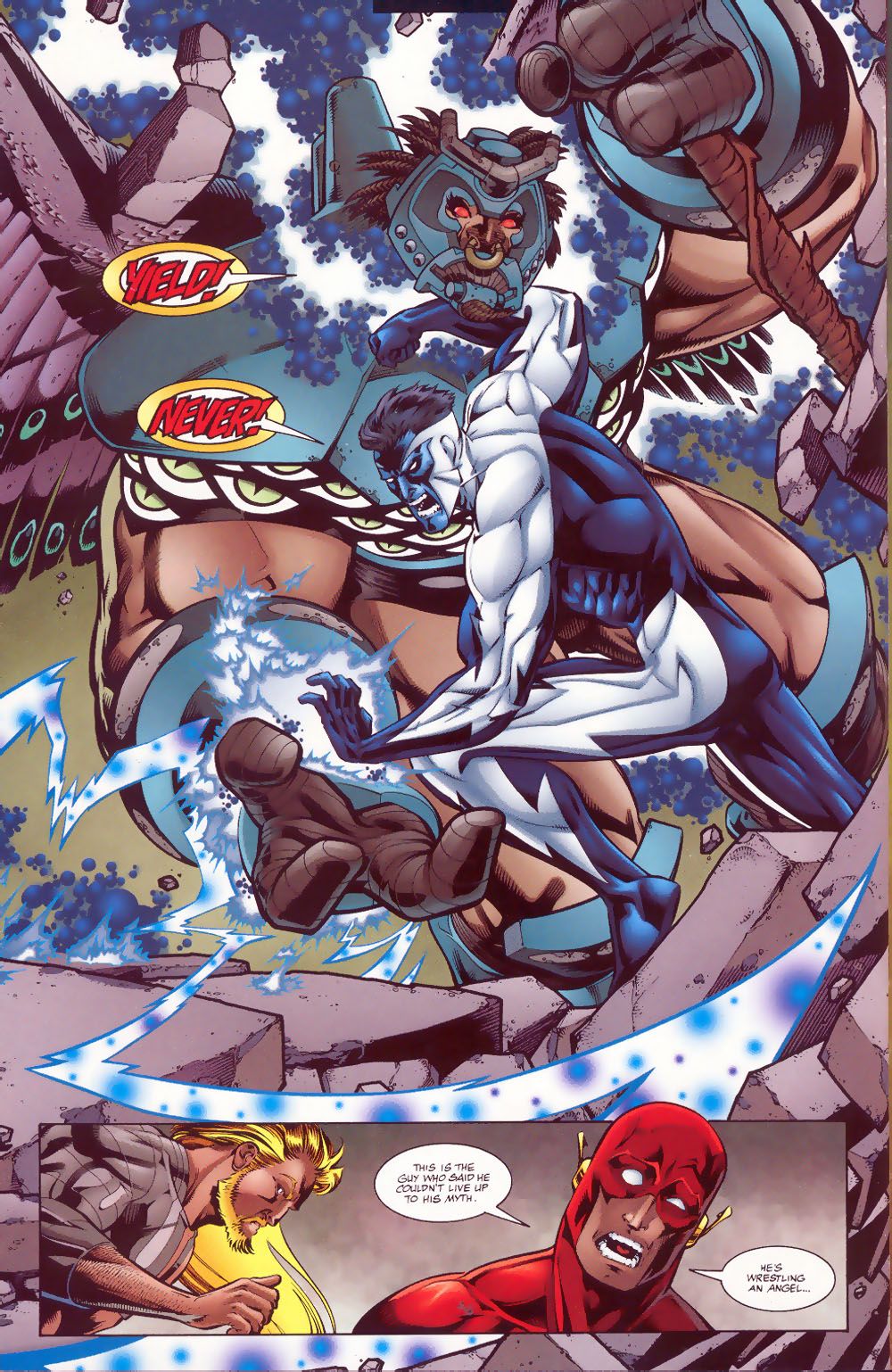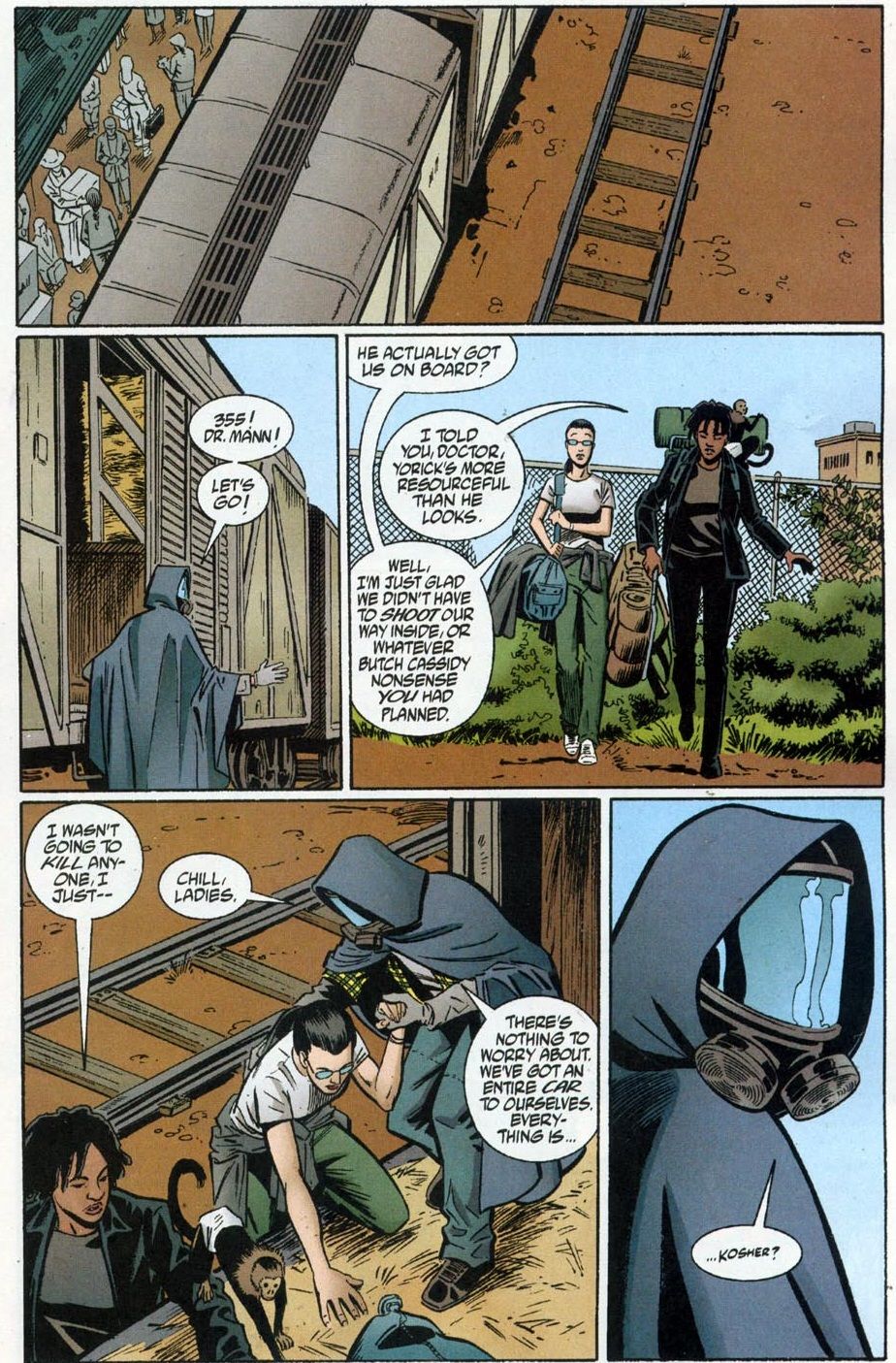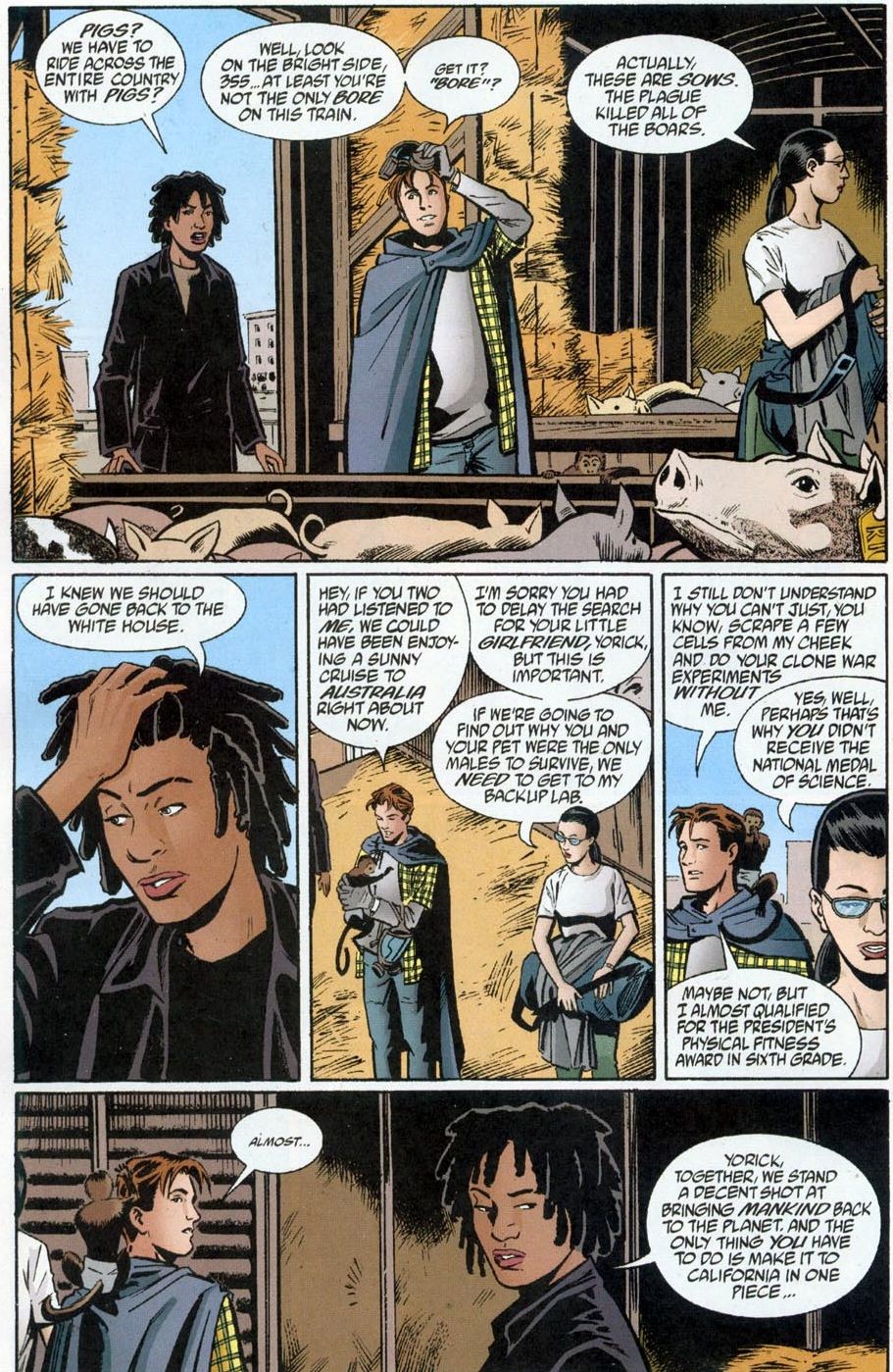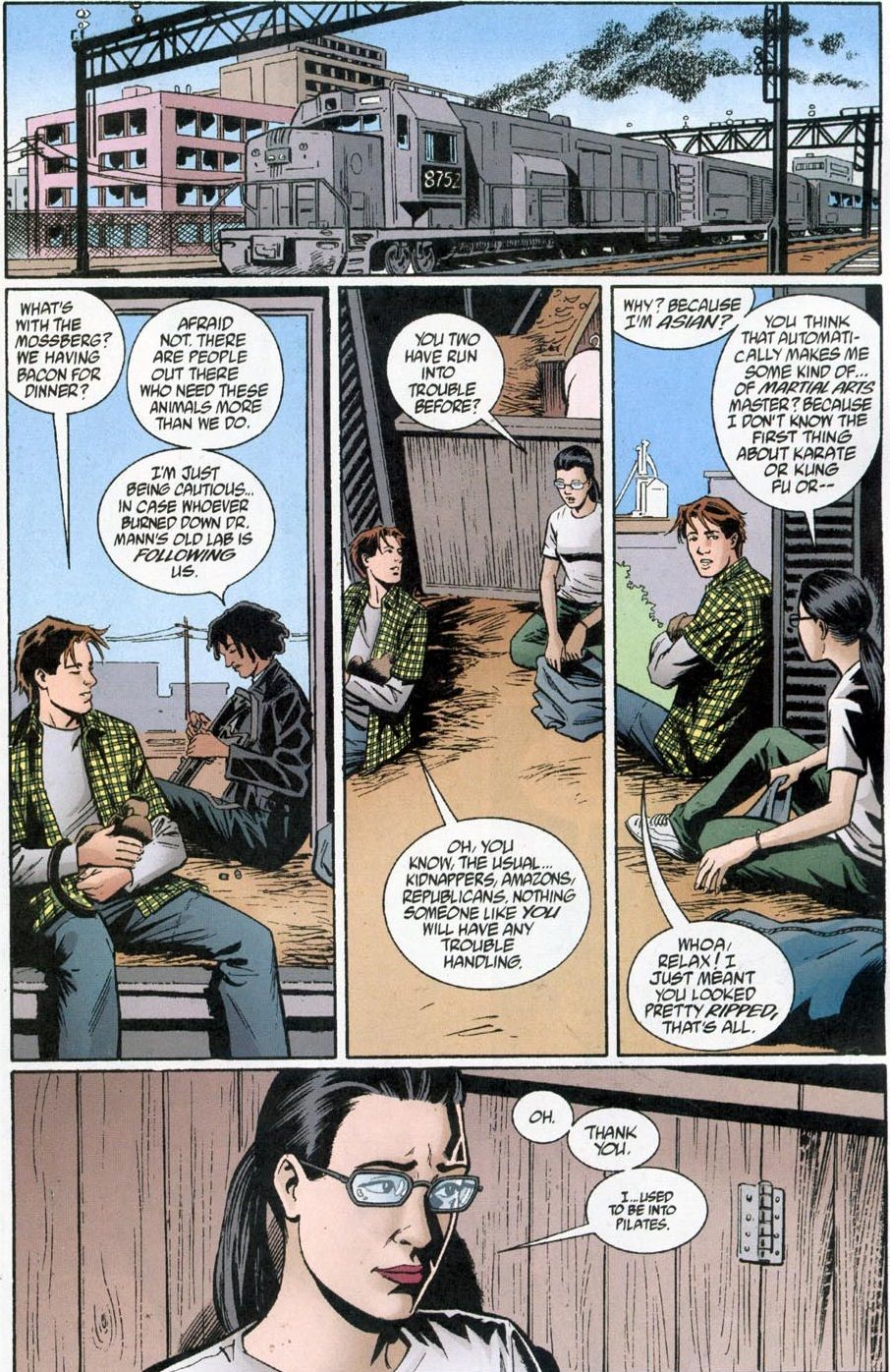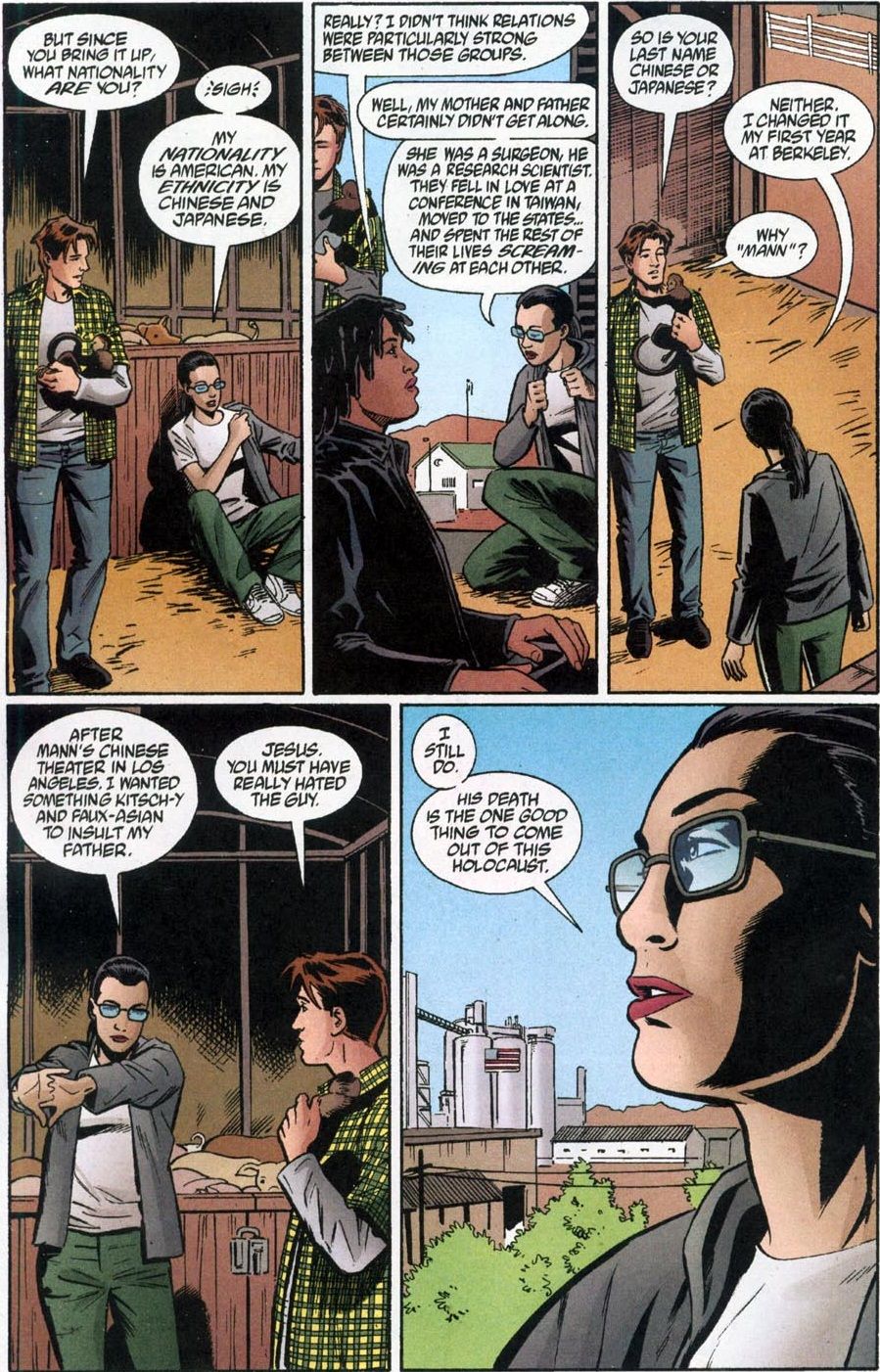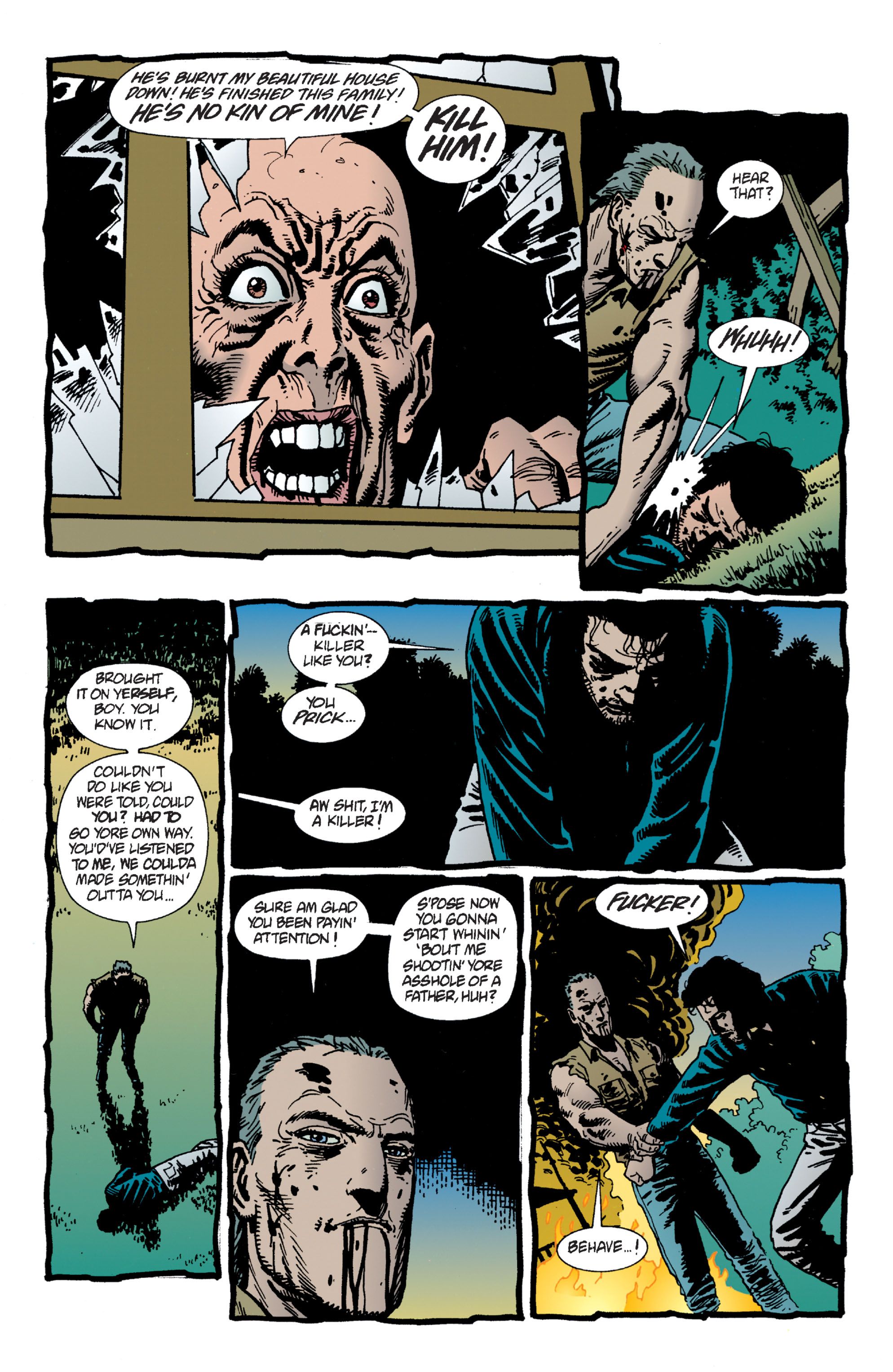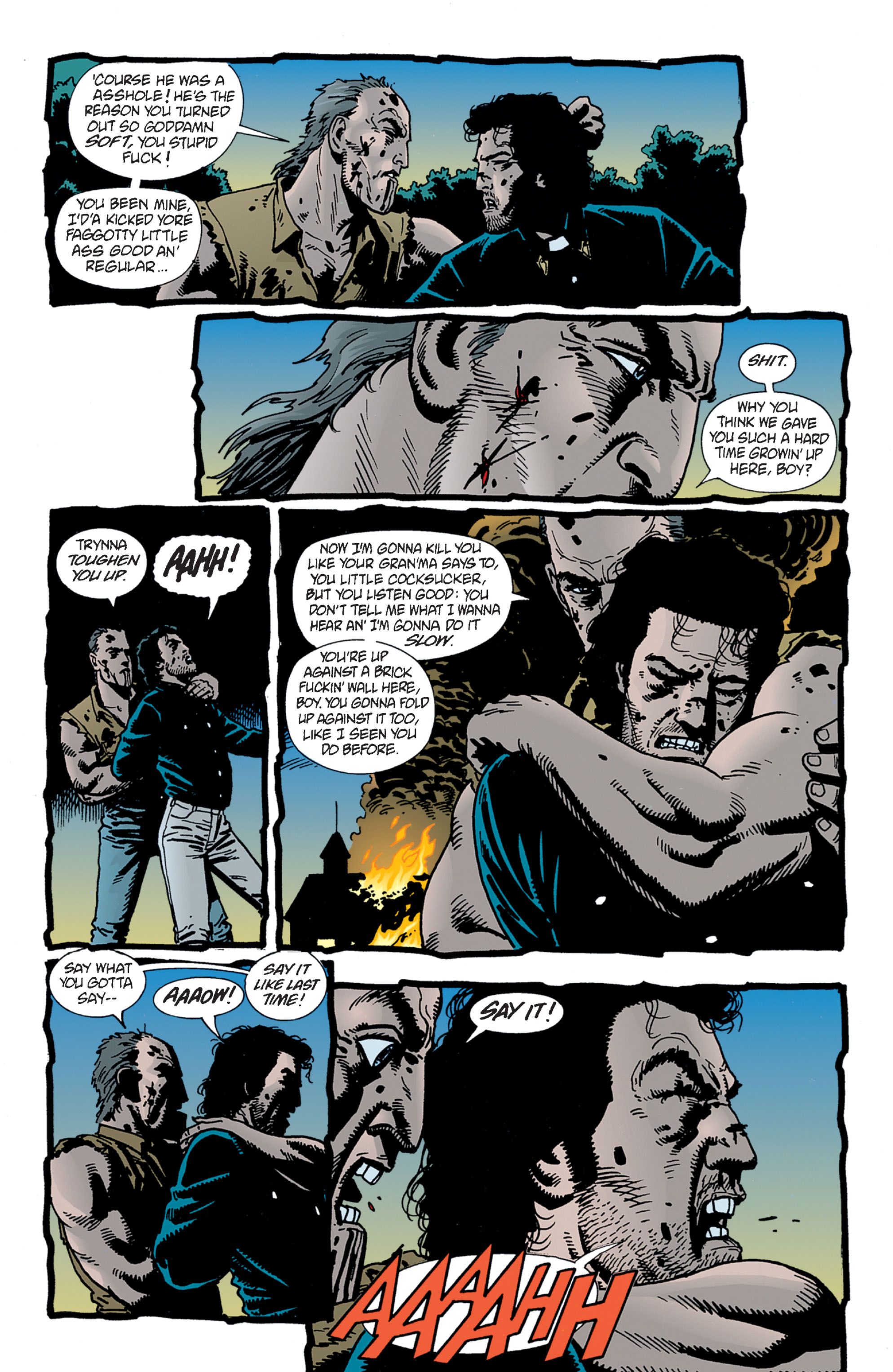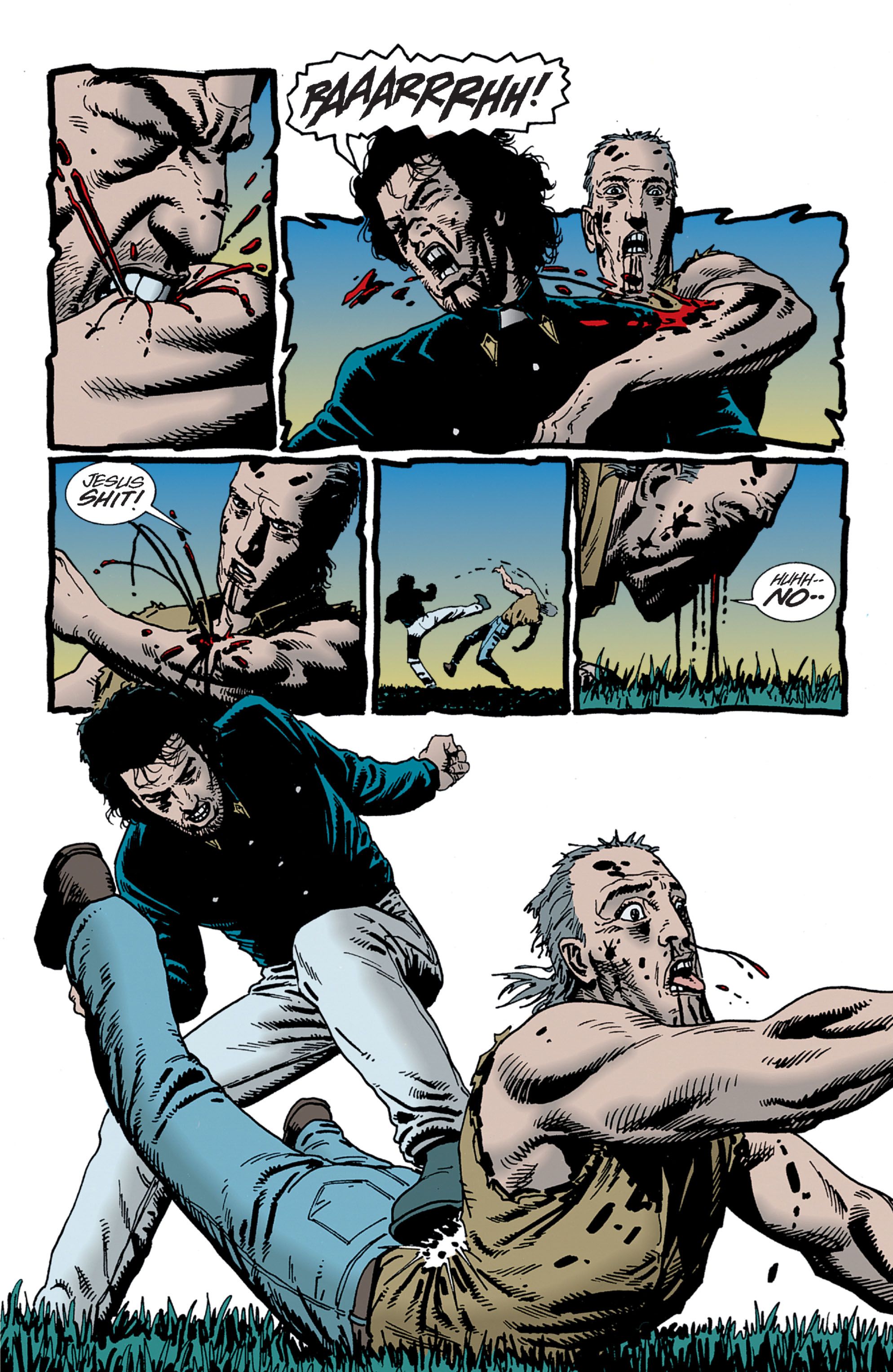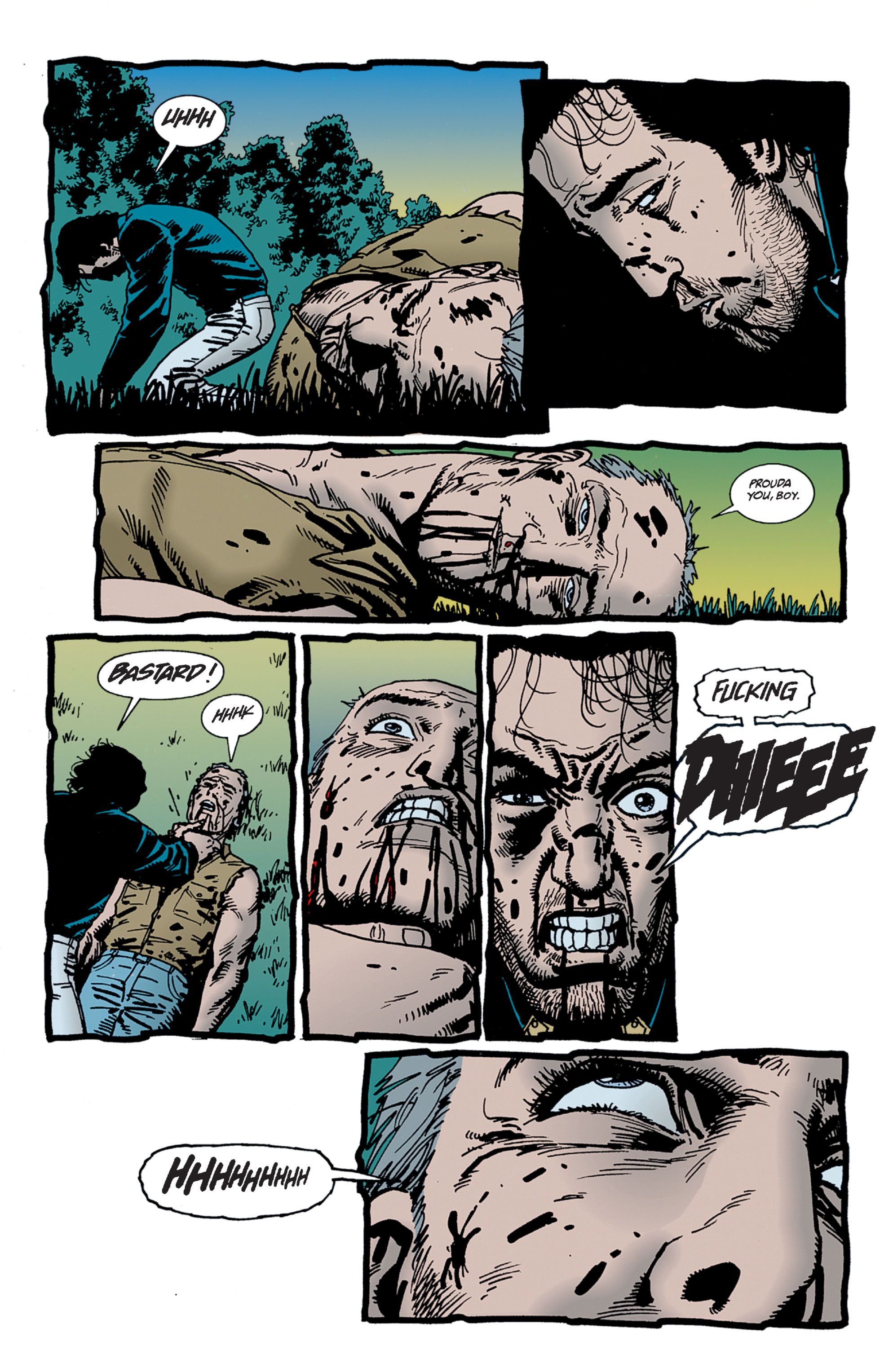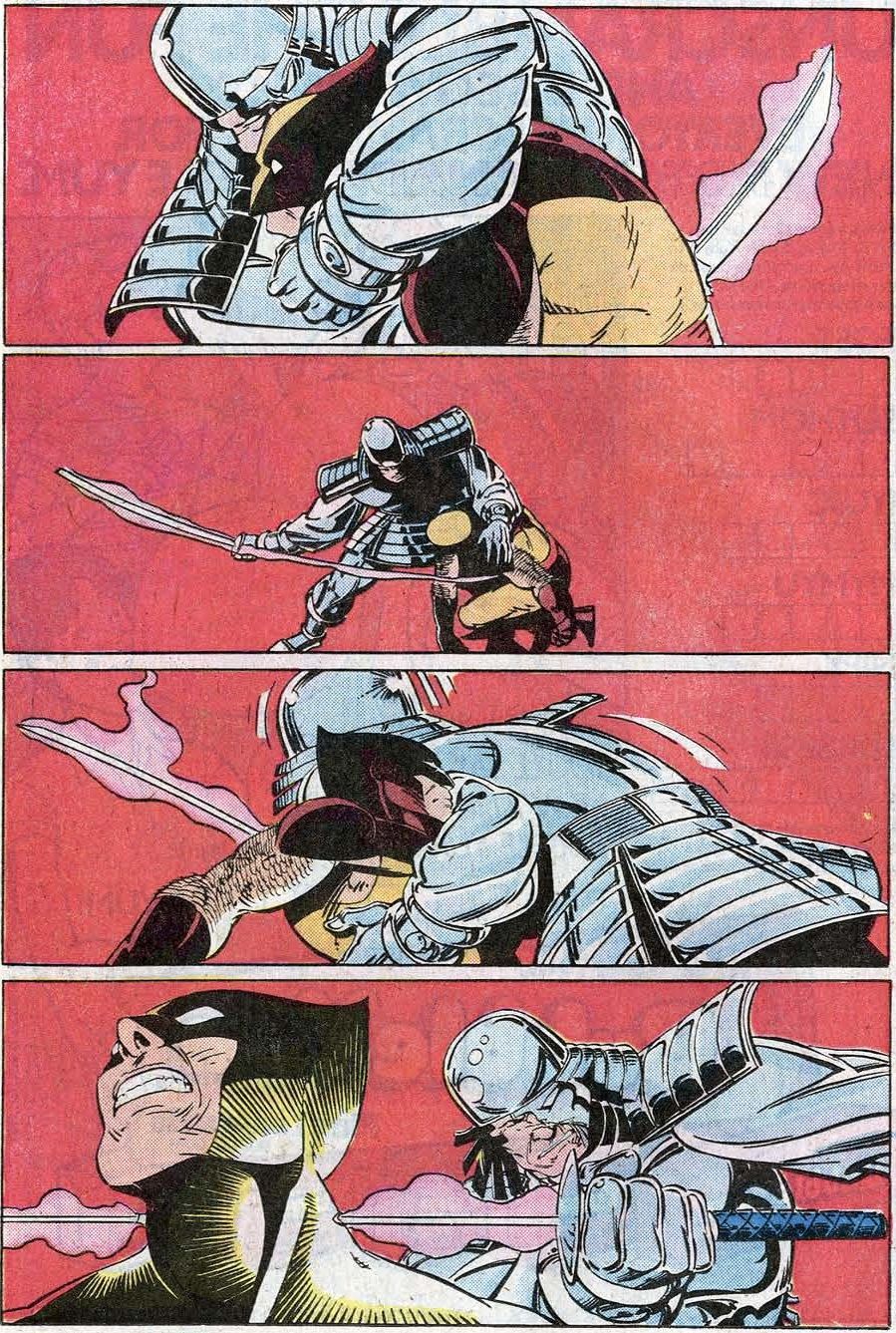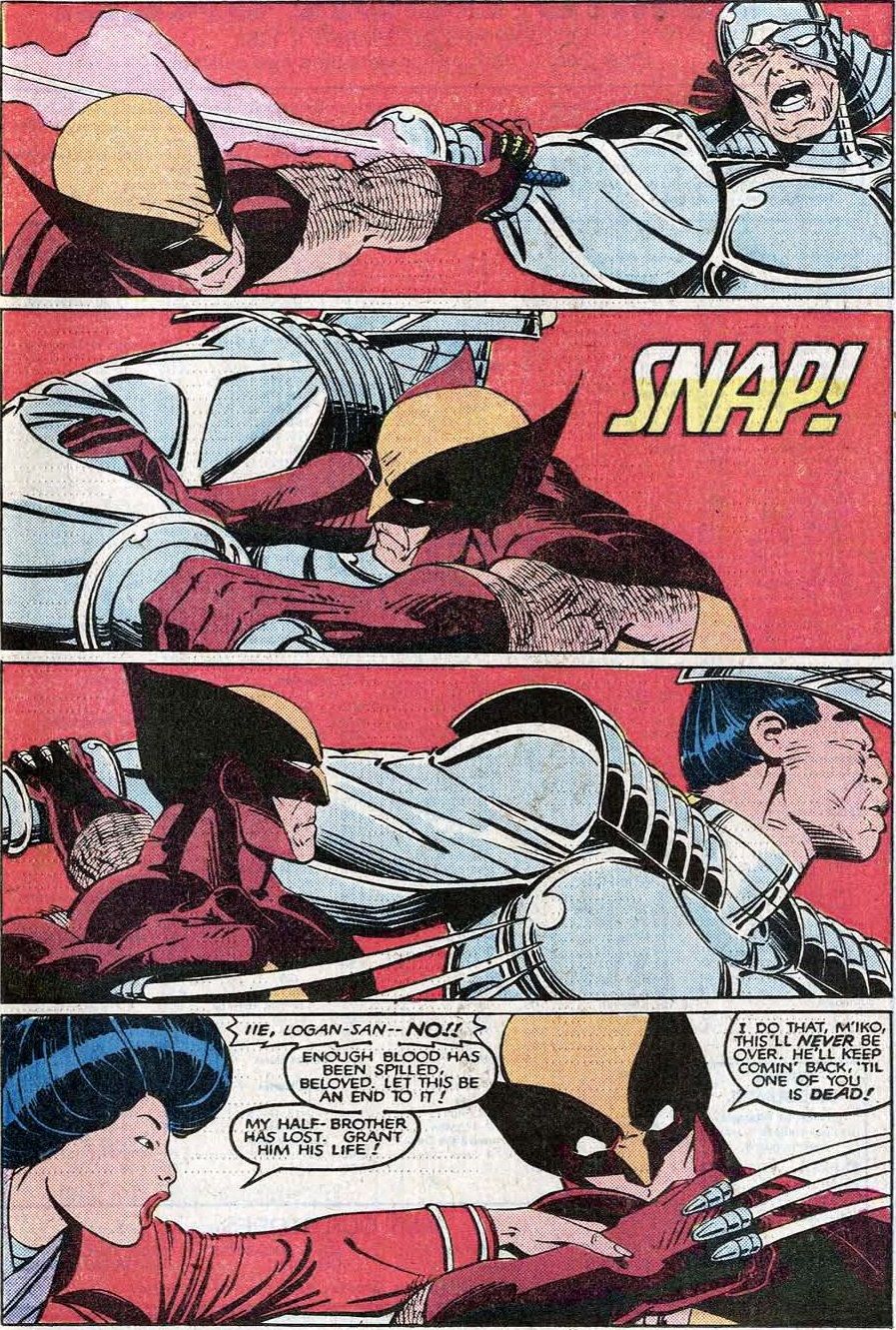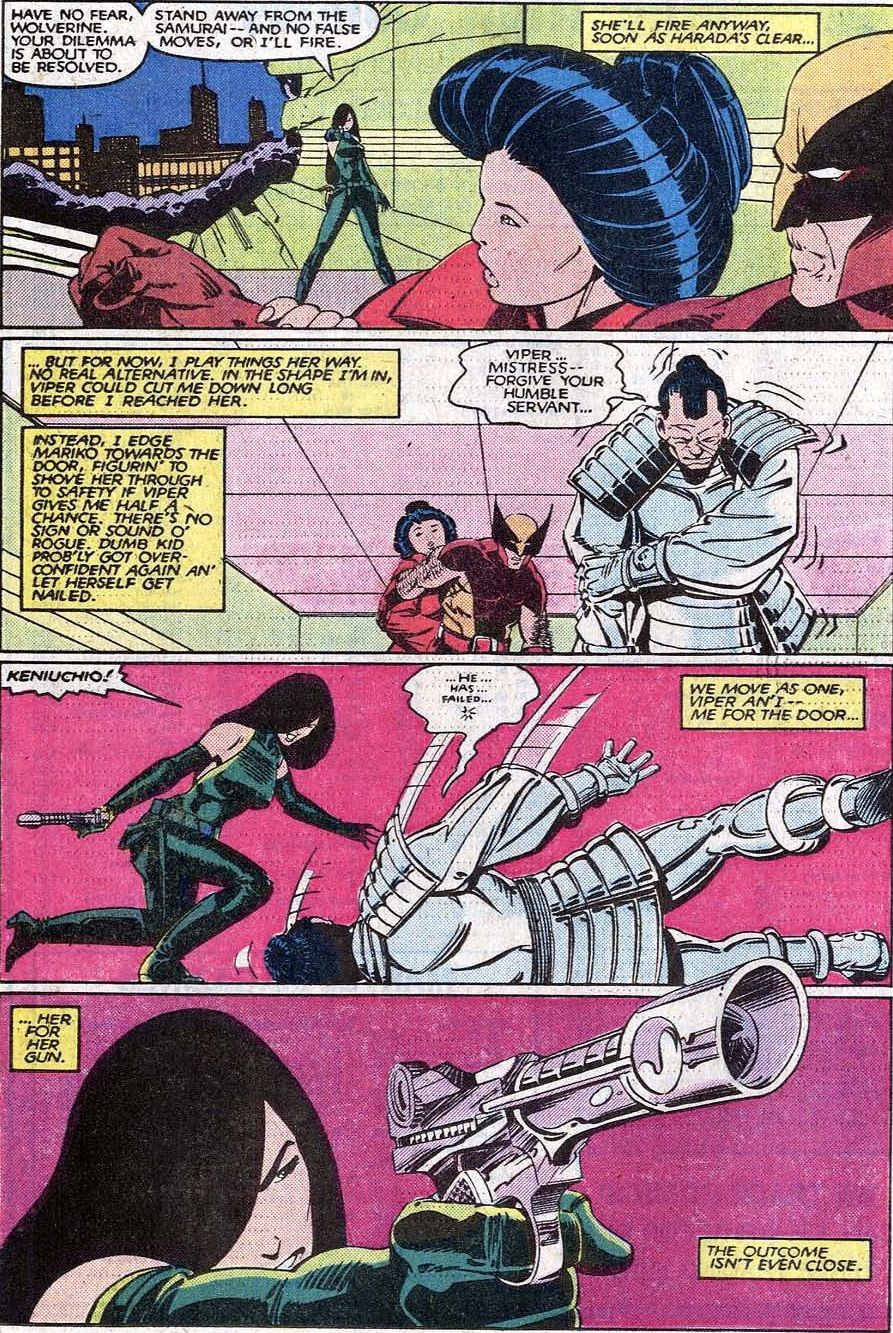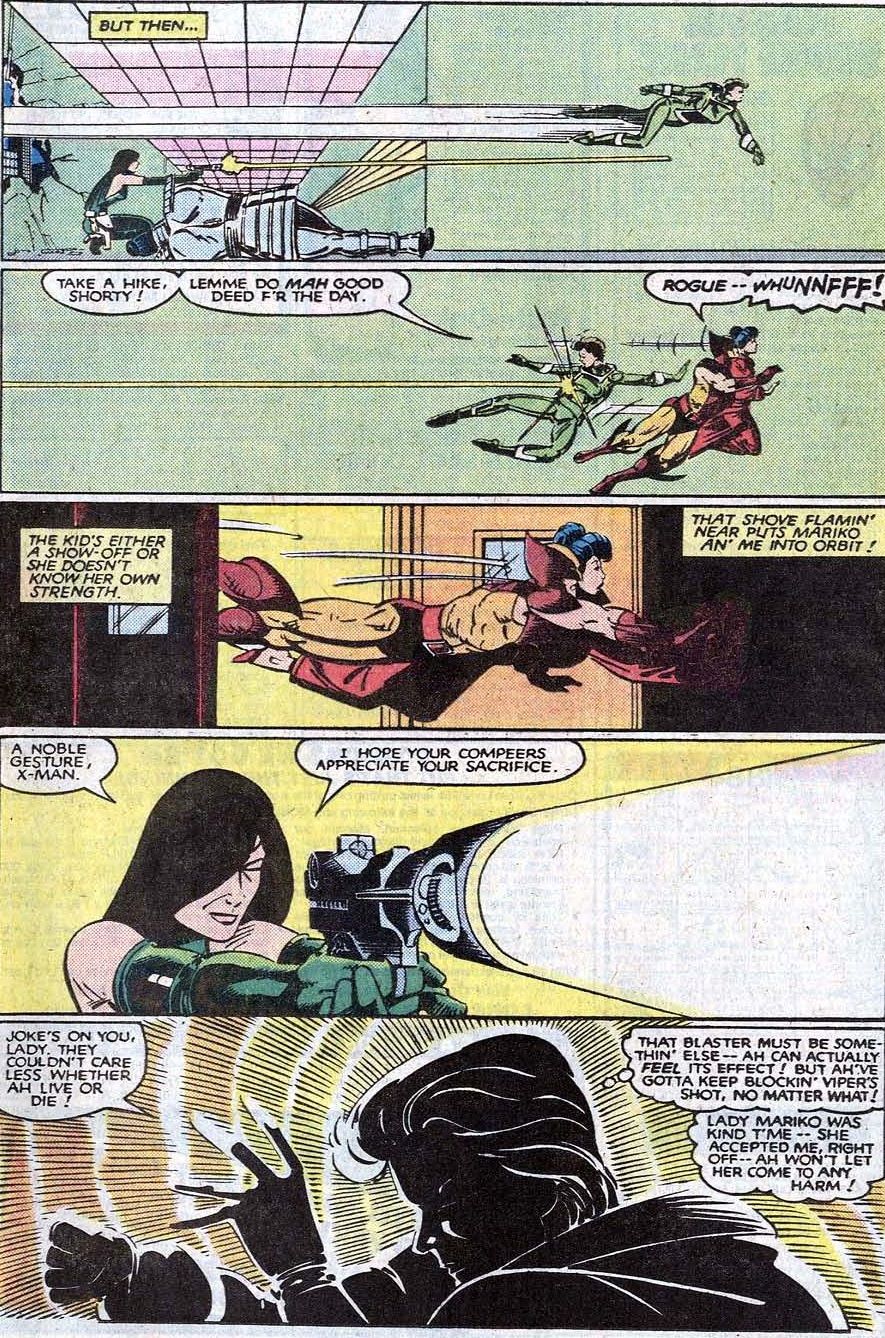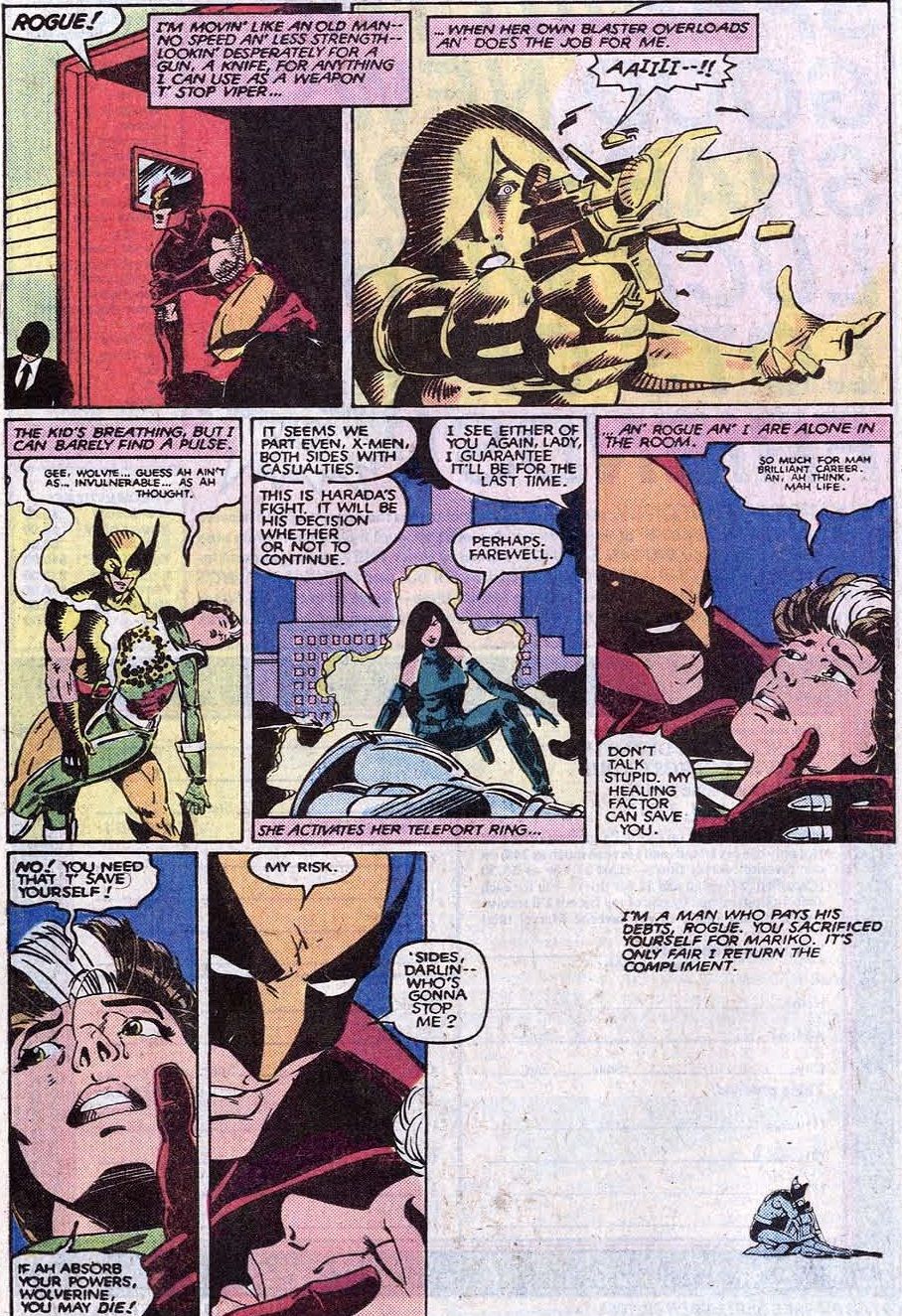You voted, and now, after over 1,000 ballots were cast, here are the results of your votes for your favorite comic book creator runs of all-time (this is the third time we've done this countdown. We're on an every four year schedule)!
To recap, you all sent in ballots ranking your favorite runs from #1 (10 points) to #10 (1 point). I added up all of the points and here we are! You can check out the previous installments in the countdown here.
15. Marv Wolfman and George Perez's "New Teen Titans" - 651 points (9 first place votes)
Wolfman – "New Teen Titans" #1-40, "Tales of the New Teen Titans" #41-50, "New Teen Titans" #1-5 (co-wrote #6) plus three Annuals Perez – "New Teen Titans" #1-5, 6-34, 37-40, "Tales of the New Teen Titans" #41-50, "New Teen Titans" #1-5 (co-wrote #6) plus three Annuals
Marv Wolfman left Marvel in the late 70s over a contract dispute, and he came to DC with the mindset of bringing some of the Marvel style of comics to DC, and that’s just what he did when he teamed up with George Perez to do the "New Teen Titans" (a book Wolfman had worked on in the past).
First, they introduced three significant new characters, the alien Starfire, the robotic Cyborg and the half-demon Raven. They also changed Changeling enough that he was essentially a new character. Pairing these heroes up with Robin, Wonder Girl and Kid Flash as the holdovers, and they had one of the most consistent superhero lineups in comic history (more or less the entire lineup stood in place for their whole run on New Teen Titans, with Kid Flash leaving four years in).
Perez’s detailed art was a delight to readers, especially as he was able to draw so many of the issues, giving him an amazing run on the title 6-34? In the 1980s? With THAT detail? That’s nuts!
But probably the biggest part of the book was the soap opera feel that Wolfman gave the title, in the same way that Chris Claremont was doing a soap opera-esque feel on the "X-Men," the clear counterpart to the "New Teen Titans."
Soon, the title was the highest-selling DC title, and I believe in the early goings was even out-selling the "X-Men" (I’m almost positive, actually, that it outsold "Uncanny X-Men" at least until 1981, at which point "X-Men" took off and left them in the dust, but that’s neither here nor there).
In the second issue, Wolfman and Perez created one of DC’s best villains, Deathstroke the Terminator.
Later on, they allowed Robin to graduate to a new identity, they introduced the anti-Kitty Pryde, Terra, they added Deathstroke’s son, Jericho, to the team and a lot of other stuff. It was all really quite good, and very soap opera-y! Especially the “special moment” issues, like the story about runaways getting involved in a drug ring, which was so powerful that they were hired to do a special Anti-Drugs giveaway comic that must have been read by, like, a gazillion schoolchildren in the 80s.
Powerful stuff, especially in the context of the times.
The pair eventually launched a new "Teen Titans" title, but Perez left to work on the mini-series (that Wolfman wrote) "Crisis on Infinite Earths," and that was it for the run, although Perez would return four years later for a quick reunion run.
14. Grant Morrison, Howard Porter and John Dell's "JLA" - 661 points (4 first place votes)
"JLA" #1-17, 22-26, 28-31, 34, 36-41, plus a #1,000,000 and a Secret Files. Porter drew most of Morrison's issues, with some fill-in artists here and there.
Way back when Keith Giffen began work on the relaunched "Justice League" title in 1987, he wanted to do a “big gun” Justice League – Batman, Wonder Woman, Superman, Green Lantern – the whole nine yards.
They told him no.
He could have Batman, and that’s it (and even Batman was taken from him soon after).
That was much the case for the rest of the tenure of the Justice League International – Superman was accessible when Dan Jurgens was writing the book, but afterwards, nope. Wonder Woman was accessible for a good long while, but that was it. In 1996, Peter David even did an issue of "Aquaman" where Aquaman specifically said he would not join the League.
However, outside of Giffen and J.M. DeMatteis' specific take on the League, their League was not particularly popular, so when DC was debating on how to revamp the title, they finally caved in – Grant Morrison could have the “Big Guns” League, and it turned out to be one of the best decisions DC made in the 1990s.
With "JLA," Morrison basically invented the widescreen action comic (which "Authority" probably perfected, but with much less famous characters), as each Morrison arc was a BIG…DRAMATIC…ACTION EPIC!!! It was his ode to the Silver Age, where the Justice League would go on bizarre adventures all the time, only with modern comics, Morrison and artists Howard Porter and John Dell were able to do everything BIGGER than they did back in the 60s, and it resonated with fans, making "JLA" the most popular superhero comic at DC, taking a franchise that was in the pits and making it relevant again.
Perhaps most importantly, Morrison had a story where he used the Blue Superman and did something COOL with him, which is probably the most impressive part of Morrison’s whole run.
Dude MOVED THE MOON!!!
And then later in that issue...
This really was not some deep comic book, it was pure entertainment, but it was well-written, well-drawn entertainment that created a practical cottage industry of tie-ins for DC.
13. Brian K. Vaughan, Pia Guerra and Jose Marzan Jr.'s "Y the Last Man" - 665 points (12 first place votes)
"Y the Last Man" #1-60, Pia Guerra drew #1-15, 18-20, 24-30, 36-39, 43-46, 49-52, 55-60. Marzan inked the whole shebang
By the time Brian K. Vaughan began "Y the Last Man," he had already had a previous series for Vertigo, "Swamp Thing," which told the story of the daughter of Swamp Thing. So it wasn't like he was coming out of NOWHERE, but I think it is fair to say that I don’t think anyone was expecting Vaughan to launch the next blockbuster Vertigo title, but that’s exactly what he did, along with book co-creator and artist, Pia Guerra.
The concept of the book was simple – one day, all the men on Earth die. All the men, that is, except young amateur escape artist Yorick Brown and his monkey, Ampersand. They’re the only two males alive on the entire planet, and, as you might imagine, hilarity ensues.
Seriously, though, Yorick (who is freaking out because he JUST proposed to his girlfriend, Beth, over the phone when the plague hit, and she’s all the way in Australia!!) is tasked to first travel to find Dr. Allison Mann, a geneticist who needs to study Yorick to discover what happened and if they could reverse it. Along with Yorick on his journey is this government agent, Agent 355, who serves as Yorick’s bodyguard. Once they find Dr. Mann, the four (counting Ampersand) travel the country and the world in their mission to save the planet from dying out.
The relationship between these four characters (mainly the three human ones) forms the main focus of the series. So I’ll show you a few sample pages to get the dynamic they shared on their trip across the United States…
Along the way, they (and we, the reader) find out how the world has been coping with the loss of all the world’s men. It’s fascinating and touching stuff.
The big villains of the piece are the Daughters of the Amazon, psychos who think that this is a big sign from the Goddess that the Y chromosome has been expunged from Earth and Alter Tse’elon, the head of an Israeli commando team who is crazed with the desire to hunt Yorick down.
One of the ongoing plots of the series was, of course, Yorick’s quest for his girlfriend, Beth (and the confusion that arises when he meets another intriguing woman named Beth).
Pia Guerra’s artwork was clean and perfect for the character-based stories Vaughan developed for the series. As you can see, she needed some assistance often, and the great Goran Sudzuka was her co-penciler (trading off on arcs) for the last forty or so issues of the title. Jose Marzan, Jr. inked the entire series.
12. Garth Ennis and Steve Dillon's "Preacher" - 790 points (16 first place votes)
Preacher #1-66, plus some mini-series and one-shots (almost all of the one-shots and minis were not by Dillon)
Small-town Preacher is given the Word of God, so goes off to search America for God, along with his ex-girlfriend (who has since become an erstwhile assassin) and a hard-drinking 100-year-old Irish vampire.
Come on, how awesome is that?
Luckily, Garth Ennis and Steve Dillon deliver on the promise of that description, and THEN some, with their epic run together on Preacher.
Before reading this series, do note that not only is this book filled with horrifically violent images, but it also has some extremely disturbing NON-violent aspects, of which I won’t get into right here, but do note that if you are easily offended by stuff, then Preacher is not the book for you. That being said, as outlandish and disgusting as some of the parts of Preacher are, at the heart of the story are three well-crafted, complex characters, particularly the Irish vampire, Cassidy.
The book is designed like a Western, and a lot of famous Western locales are used in the comic, from Monument Valley to the Alamo. Heck, John Wayne is even a spiritual adviser to Jesse Custer (the nominal Preacher of this book). A great deal of this comic is based on Jesse and his ideas of honor.
While the three main characters are, well, the main characters, Preacher is known for its colorful cast of supporting characters, all so good that almost all of them had spin-offs during the series run, from the Saint of Killers, who is sent after Jesse by some scared Angels, to the evil Herr Star, the head of the Grail – a group that wants to control Jesse to bring about Armageddon, to Arseface, a young teen who tried to kill himself after Kurt Cobain shot himself, only he lived – just with a face that, even after plastic surgery, looks like, well, you know, to Jody and TC, two extremely disturbing “Good ol’ Boys” from Jesse’s past – all of these memorable characters ended up with their own spin-offs, all written by Ennis, and all collected in the trades that make up this series.
Let’s use Jody as our sample pages. Now Jody was a hard ass who worked for Jesse’s sadistic grandmother and Jody tormented Jesse his whole life and also killed Jesse’s father. So the two finally had their dramatic confrontation (it is very violent! Do not read if you are averse to graphic violence)…
Powerfully messed up stuff.
Steve Dillon’s gritty and humanistic artwork could not be any more appropriate for this series if you had asked a Magic Mirror who would be the fairest artist for this book in all the land.
By the time this series ends, you’ll be so attached to the characters that you will be quite disappointed to know this will be the last you’ll see of them, but Ennis manages to come up with a tremendous farewell to them all.
11. Chris Claremont's post-Byrne/Cockrum "Uncanny X-Men" - 795 points (21 first place votes)
"Uncanny X-Men" #165-279, "X-Men" #1-3 plus a bunch of Annuals and a Graphic Novel
For the first 70 or so issues of Chris Claremont’s "Uncanny X-Men," the book had only two artists, Dave Cockrum and John Byrne, and following up Byrne’s run was sidestepped by bringing back the artist who had PRECEDED Byrne, Cockrum. So when a new artist was needed, for a book that was slowly becoming one of Marvel’s biggest sellers (although not yet at that point), it was a good gig, but a scary one (including for Claremont, as Cockrum and Byrne had both co-plotted the book with Claremont, while this new artist would not be doing that).
So in stepped Paul Smith, and by the time he left, just ten issues after he joined, "Uncanny X-Men" was definitively Marvel’s biggest superhero comic book.
Smith’s biggest strength was probably his biggest weakness, as well, which was his great attention to detail. His books were filled with such detail that every emotion on every character was just bursting off the page. So you can understand how doing each issue like that, just throwing his whole self into the production, would take its toll on him.
And lucky for Smith, Claremont wrote a number of brilliant scripts during this run that took advantage of Smith’s penchant for characterization, most specifically the storyline of Wolverine’s marriage, which is PROBABLY the most acclaimed story Claremont wrote for "Uncanny X-Men" outside of the Byrne run. Such an amazing story, filled with rich character moments as well as Smith’s beautiful art, which Claremont, to his credit, used to great effect (there are a number of practically mute scenes during the storyline).
The main gist of the story is that while in Japan for his marriage, most of the X-Men are taken out via poison. Only Wolverine and the newly reformed Rogue (who had just joined the X-Men after fighting them as a member of the Brotherhood of Evil Mutants) remained to stop the Silver Samurai and Viper. Rogue ends up changing Wolverine’s attitude about her big time…
Such a classic sequence. Paul Smith was amazing.
As was the case for the "X-Men" juggernaut of the 80s, whoever an artist replaced was seen as impossible. Replace Byrne and Cockrum with Paul Smith? Impossible!
And yet when it came time for Smith to leave the book, it was “Replace Paul Smith? Impossible!”
So that was the task for John Romita, Jr., the young budding superstar that was coming off a popular run on another one of Marvel’s major titles, "Amazing Spider-Man."
Matched with inker Dan Green, Romita produced artwork that was a bit grittier than previous X-artists, and it matched writer Chris Claremont’s slightly darker stories of the mid-80s.
This was the run where Kitty calls the guy the N-word, where Professor X is almost beaten to death, where Magneto ends up taking over the team, where Wolverine stabs Rachel in the chest to keep her from killing – it was not the funnest of times for the X-Men, and Romita left the book just as one of their darkest periods period came up, the "Mutant Massacre."
By the time Romita left, it was once again “Replace John Romita Jr.? Impossible!”
When Marc Silvestri took over as regular artist on "Uncanny X-Men," the X-Books were, well, “the X-Books,” which was not the case for when Byrne and Smith (and when JRjr took over, there was just one other X-title) took over. This was not just a comic book, this was a FRANCHISE, and Silvestri, not yet 30 years old, was being given a chance to draw the main book of the franchise.
Its interesting, I always thought of this time period as the Silvestri/Leonardi run of "Uncanny X-Men," as they had a deal where artist Rich Leonardi would draw the issues Silvestri didn’t, so as to give Silvestri a break. HOWEVER, while Silvestri did not draw a lot of issues in a row, he was quite clearly THE penciler during this time period, drawing the vast majority of the issues during his tenure on the book from #218-261.
Silvestri used a different style back then then the one he would develop working for Image in the early 90s. On "Uncanny," his art was a great deal more experimental, it seemed almost reminiscent of the work David Mazzucchelli was doing on "Daredevil" around the same time.
This was the time when the "Fall of Mutants" occurred, and the world thought that the X-Men were dead, but instead, they went and lived in Australia for awhile. Then "Inferno" happened, and then the X-Men broke up and there was a long storyline where the group slowly got back together. By this time, Silvestri had left the book to begin a popular run on "Wolverine" with Larry Hama.
Replacing Silvestri was a vibrant new artist who soon became one of the biggest superstars in all of comic books, Jim Lee. Claremont was clearly revitalized by the dynamic artwork by the young Lee, and the two soon took the "X-Men" to great new heights. The X-Men reformed and new addition Gambit took a major role in the series, as did the now Asian Psylocke and Wolverine’s new sidekick, Jubilee.
For the first time since Cockrum, Claremont had an artist that he could actually plot the book with, as Lee was filled with new ideas for the series. As it turned out, though, his ideas and Claremont’s ended up clashing and since Lee was perhaps THE most popular comic book creator in ALL of comics by the early 1990s, "X-Men" editor Bob Harras ended up deciding to give the series to Jim Lee. First, though, Claremont was given the chance to launch a second ongoing "X-Men" title (with Lee artwork). The initial three-issue storyline was the end of Claremont’s first run on "X-Men" and also served as one of the more memorable Magneto stories of the 1990s.
Claremont also did a very memorable graphic novel during the 1980s called "God Loves, Man Kills," drawn by Brent Anderson. It was probably the most powerful examination of anti-mutant prejudice that comics ever had.
Chris Claremont left behind a tremendous legacy when he was replaced as the writer on "Uncanny X-Men," turning a bi-monthly series into the most popular franchise in comic books.

